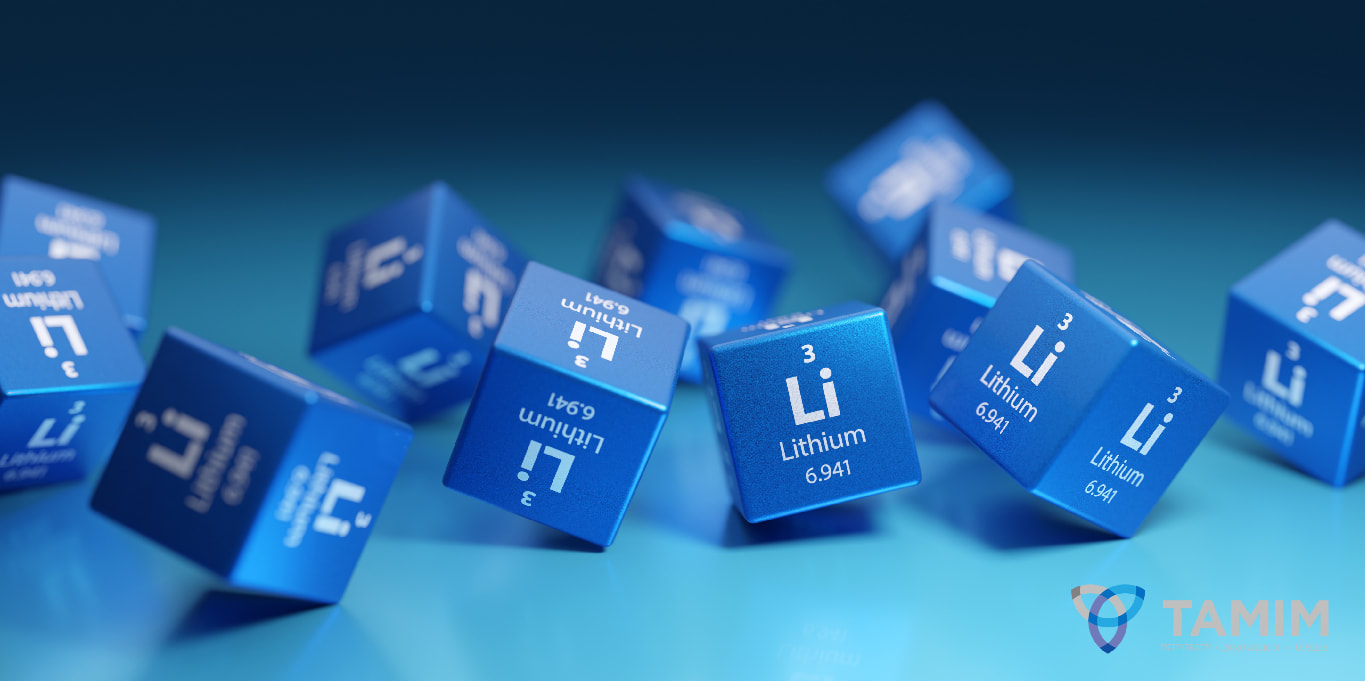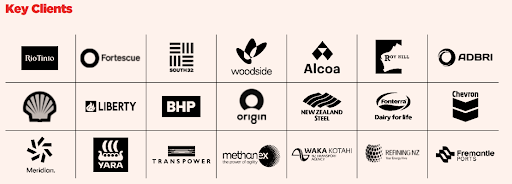
Lithium – what and why?
The lithium industry has emerged as one of the top-performing sectors in the Australian share market over the past three years. This remarkable performance can be attributed to the continuous surge in lithium prices between 2019 and 2022, which resulted in exceptional gains for investors in various lithium-related shares.
Lithium is a valuable commodity with uses in everything from medications to batteries. It is a key ingredient in lithium-ion batteries, the lightweight, rechargeable batteries that power laptops, phones, electric vehicles (EVs), and other digital devices. Lithium is attractive for industrial applications because it has the highest electrochemical potential among all metals.
The lightest known metal, lithium may become scarce as demand increases. Global demand is expected to more than double between 2025 and 2030, with supply security becoming a top priority for many companies that need lithium-ion batteries.
Lithium is produced by mining lithium-containing rock or extracting lithium salts from underground brine reservoirs. Australia, Chile, China, and Argentina have the world’s largest known lithium deposits. Currently, Australia is the world’s biggest producer and exporter of lithium.
What might the future hold for Australia’s lithium industry?
More recently, Australia’s electric vehicle sales have reached an all-time high with full-battery EVs making up 8% of the overall new vehicle market in the month of April (2023). In fact, during the first quarter of 2023, the U.S. share of EVs hit 7.2%, and if the U.S. market follows trends of previous markets to hit this tipping point, EVs could own a 25% market share by mid-decade.
On average, the lithium-ion battery packs found in EVs contain about 9kg of lithium, thousands of times more than most consumer electronics. Lithium supply upgrades have not kept pace with this surge in demand thus far. This potentially leads to the lithium market balance tilting toward a supply deficit for several years, presenting opportunities for the mining companies that dictate supply.
Depending on the method of extraction, it can take a miner three to five years to bring new capacity online. Time is needed to conduct studies, secure licensing, raise capital, and deploy capital before any lithium is produced. As such, it is challenging for miners to react quickly to rising demand without considerable proactive efforts.
The price of lithium carbonate sharply increased since 2019, hitting all-time highs in late 2022. However, like all commodities, lithium prices can be volatile. A “gold rush” can change the market for any commodity, so it is crucial for investors to appreciate both risk and reward. As demand increases, new mines can open, increasing supply and putting the brakes on price momentum. If supply outpaces demand, lithium prices will fall. Investors must be aware of these natural vicissitudes in commodity-based companies.
Lithium prices have experienced a decline in the current year following this period of substantial growth. The decline can be attributed to two main factors.
Firstly, the drop in lithium prices can be attributed to the dynamics of supply and demand. Weaker economic activity and tightening financial conditions have led to a slight oversupply in the market, consequently driving down the price of the commodity.
Secondly, the policy changes implemented by China have had a significant impact. After providing support for over a decade, China discontinued subsidies for electric vehicles. As lithium is a crucial component in batteries used for electric vehicles, the reduction in subsidies has resulted in weakened demand for electric vehicles and subsequently, lithium.
As a result of these factors, the prices of lithium carbonate and lithium hydroxide have experienced a significant decline since the end of 2022, reaching levels similar to those observed at the conclusion of 2021.
In spite of the recent cyclical downturn and shifts in market dynamics, industry experts widely anticipate a structural deficit in the lithium market. Boston Consulting Group’s research indicates that by 2030, there will likely be a shortage of lithium supply as the demand for electric vehicles surpasses the extraction capacity of mining operations.
The World Economic Forum has also expressed concern regarding this situation. It referenced an analysis conducted by the International Energy Agency, which suggests that in order to achieve a net-zero emissions target, the world will require 2 billion electric vehicles by 2050.
However, as of 2022, sales of electric vehicles have only reached less than 1% of the projected target. Manufacturers are currently grappling with the challenge of ramping up production to meet the growing demand.
Lithium-based companies on the ASX
There are more than 60 lithium-related companies in the materials sector on the ASX, ranging from diversified miners and explorers to pure-play producers to businesses that rely on lithium as a raw material.
These companies span the market cap spectrum, from large-caps such as Rio Tinto (ASX: RIO), Pilbara Minerals (ASX: PLS) and Mineral Resources (ASX: MIN) to smaller operations like Latin Resources (ASX: LRS) and Hawkstone Mining (ASX: HWK)
It’s been an exciting time for ASX lithium shares, with news of the surprise takeover offer from global giant Albemarle for Liontown Resources Ltd (ASX: LTR) at the end of March, causing the share price to explode more than 100% in that time. Additionally, the Allkem Ltd (ASX: AKE) merger has been the talk of the town this week. On Thursday 11 May, the company announced its plan to join forces with Livent Corp (NYSE: LTHM), creating a $15.7 billion giant.
We recently spoke about the broader increased uptick of merger and acquisition activity across the ASX. Lithium-based companies are just one sector where we see potential takeovers heating up.
The TAMIM Takeaway
The lithium market has been red-hot in the last few years. The electrification of transportation, highlighted by the mass adoption of EVs, is the major reason why. It is important to note that the risks for investing in lithium-based stocks: commodity price fluctuation, supply changes and unknowables can all impact returns.
In the short term, there are potential winners due to M&A activity heating up among ASX lithium stocks this year. This kind of “special situations” investing can be highly rewarding for savvy investors whose circle of competence is finding these unique opportunities. If you’re interested in knowing more, please look at our Take/Over investment by registering your interest here.
Whether lithium shares are a good investment for you will depend on your investment goals and financial situation. Lithium is a valuable commodity due to its wide range of applications and projected increase in demand from EV manufacturers. For longer time horizons, we think the global transport transformation and the subsequent boom in companies poised to thrive will take years (if not decades) to play out.

